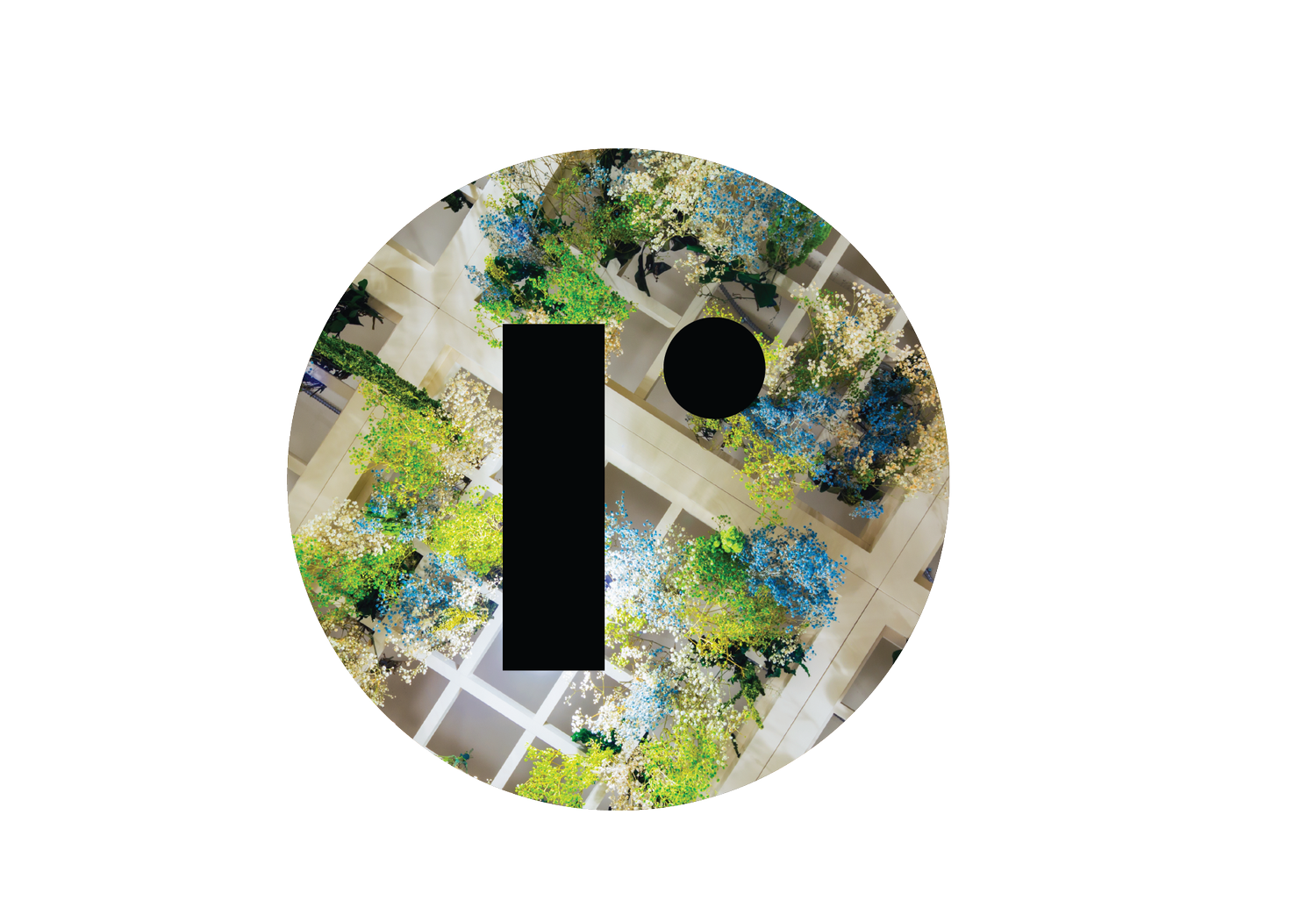Moving Pictures
The title may be a riff on Rush's famous 1981 album and its hilarious cover art, but I want to discuss the power of film to tell the story of a project. I recently went to NYC for 10 days and taught myself how to film and edit architecture videos. While my technical skills at this point are only average (but constantly improving) when it comes to filmmaking, I mainly focused on how to assemble moving images in order to tell the story of a place.
Stills are a great tool to showcase architecture, but lacking in the fourth dimension - time - they are an incomplete representation of space and as such, present tremendous challenges when it comes to representing time in a frozen medium. They are essentially a highly curated view of a space fixed in time, that we all know is not a representation of reality.
Film, on the other hand, is a lot messier, because it is darn near impossible, unless you have Hollywood-type budgets, to curate the imagery the same way it can be done for stills. That means that one has to embrace the inherent messiness of a space, place or object and work around it. While a finished movie is still a curated vision of the subject, it feels more authentic because the time dimension makes it harder to fake, although one could argue that with AI and deepfakes it is now only a matter of time -pun intended- before we can represent anything in any way we want without regards for reality.
But for now, that realism associated with film still stands. Why is it that so few people are taking advantage of the media to tell their stories?
Here’s a short film about handball in Coney Island:
If you landed here by chance or accident, don’t leave yet! We have tons of great content, such as blogs, podcasts and other experiments coming out almost daily. You can subscribe here, we’d love to have you as part of our tribe.
If you have questions about this article, rvltr or want to chat about your strategy and communications, you can leave a comment, share with a friend, or reach us at hello{at}rvltr.studio.

